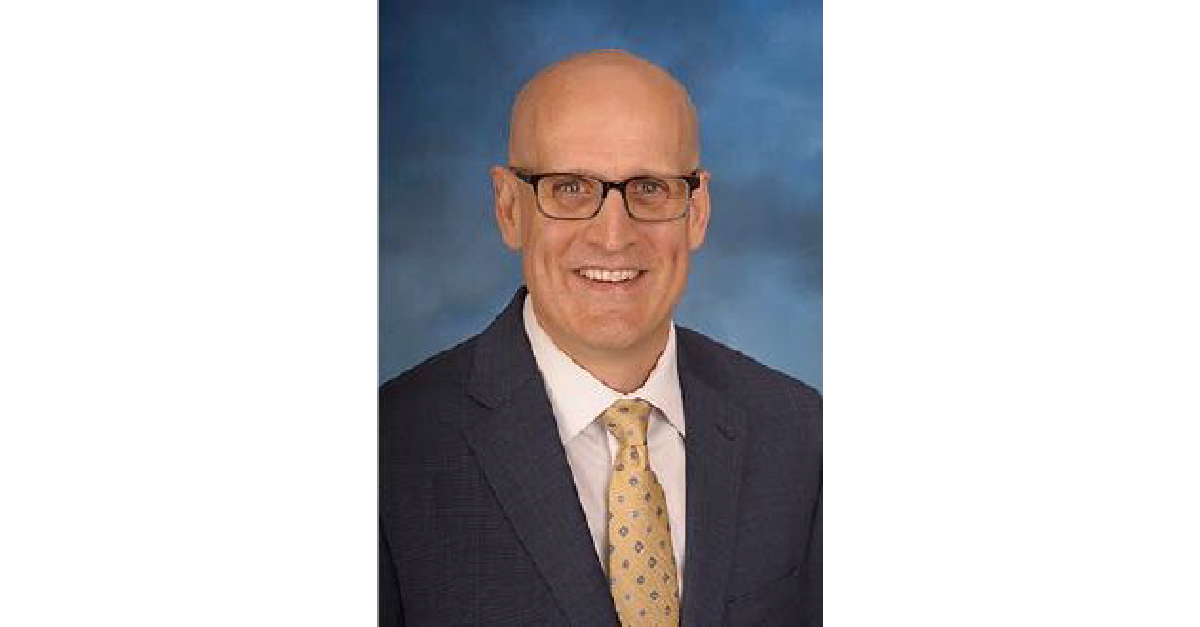Microinsurance presents actuaries with the opportunity to do well by doing good.
Policies focus mainly on less prosperous people in developing nations. These are people who have few possessions, but the loss of any of those possessions would be devastating.
So there’s a social good to creating microinsurance protection. But there’s a business case as well.
Actuaries heard the business case at a session called “Current Applications of Microinsurance Innovations” at the CAS Spring Meeting in Toronto in May. The session was also a way to bring attention to the work being done by the CAS Working Party for Microinsurance Research, which will begin publishing a series of papers this year.
Helping emerging markets develop — which microinsurance does — will grow the middle class in those markets, and people will be primed to buy more products — insurance included.
Actuary Barbara Chesire-Chabbaga, a director at AB Consultants, works in Kenya. She laid out the growing potential for insurance there as an example of how microinsurance could prosper.
Right now, only 1.3 percent of Kenyans have life insurance; 75 percent of Kenyans have never had any kind of insurance. And of those who have had coverage, it usually was health insurance, not a property-casualty product.
But there is potential for growth. According to the St. Louis Federal Reserve Bank’s database (known as FRED), real GDP per capita has grown faster in Kenya than in the United States for six of the past seven years. (In the seventh year, the two nations essentially tied.)
The economy remains primarily agricultural, but there are signs of a tech boom. Kenya is an IT hub, according to the website TechCrunch.com. Ninety percent of residents have mobile phones.
The so-called Silicon Savannah got its start with M-Pesa, a mobile money platform that obviates the need for a bank. You can deposit cash into a kiosk, and your mobile account is credited.
Banks responded with their own products, so now the country is growing more financially savvy as its tech acumen grows.
Meanwhile the government has been digitizing its services. That means “the majority of Kenyans are now forced to be computer literate,” Chesire-Chabbaga said.
In her presentation, she showed a picture of a colorfully dressed herdsman, using a mobile phone. “He is probably on WhatsApp,” she said. “We have a WhatsApp group for everything.”
That herdsman — and millions like him — is ready for risk protection, she said, though he might not realize it. “What can we do to make insurance important for this man?” she asked.
The tech movement is promising, but nascent. Most people operate in the kadogo (small in Swahili) economy. They are informally employed and paid in cash at day’s end. On the way home, a worker buys oil, food, perhaps a sachet of laundry soap — just enough for that day.
Traditional insurance wouldn’t work in that economy. Such a worker can’t pay a monthly premium.
The mobile platforms have helped, Chesire-Chabbaga said, but the record so far is mixed. The oldest venture goes back to 2010. She listed five ventures in that time; two quickly folded.
The challenge becomes finding a way to market a policy, said Scott Swanay, an FCAS and an assistant vice president at XL Catlin. Swanay works on microinsurance issues with Blue Marble, a consortium of 10 leading worldwide insurers. The consortium plans to do 10 insurance ventures in 10 years.
The first product was drought protection for Zimbabwe maize farmers. And the product had to be designed to cater to the vagaries of that particular marketplace. The policy is marketed and administered through a seed company because it is cheaper for the insurer to deal with one agent than a lot of policyholders. When farmers buy their seed, they can select coverage and have their names added to a group policy.
The insurance covers the cost of seed and fertilizer; this is a bit different from standard crop insurance, which guarantees a yield or the value of the crop in the field. In the climate of Zimbabwe, however, standard crop insurance would just be too subjective and too hard to administer.
What constitutes a claim? The microinsurer decided to use a parametric trigger: The policy would pay if rainfall fell below a certain amount. But how do you measure rainfall? It wouldn’t be practical to install a rain gauge at every farm, and weather stations are spread too far apart to be reliable. Blue Marble’s solution: Use weather satellites to take readings of the moisture content of clouds; that is a good proxy for rainfall, or at least good enough for now.
But the satellite’s measurements are valid across a 10 km by 10 km swath — really too big for the insurer’s needs. Swanay said the insurer may try to find better satellites or use drones.
There were no claims in the first year, Swanay said. That’s good for the farmers — no crop failures! — but has a drawback for the insurer.
“If you don’t pay claims,” Swanay said, “you don’t know if this product works.”
The program may be expanded to cover excessive rainfall and pestilence in the future.
If you do microinsurance right, said Tom Johansmeyer, assistant vice president, PCS strategy and development at Verisk Insurance Solutions, “you can create a massive market.” Often insurers think making coverage compulsory will create the massive market. But Johansmeyer cited two examples of compulsory schemes that had mixed results: earthquake insurance in Turkey and Romania.
A compulsory scheme needs four things to succeed:
- It must be truly compulsory — meaning the mandate can’t be winked at.
- There should be a mechanism to monitor compliance. A classic example of the success and failure here is Turkey’s earthquake insurance mandate. A homeowner must show proof of insurance to get power and light into their home, which means everyone has insurance when they buy a home. There is no subsequent enforcement mechanism, however, so most people drop coverage.
- The insurance industry must invest in financial education. If people don’t understand the value of insurance, they will be more likely to quit a program given the chance.
- The insurance has to be affordable.
“The compulsory market might help you get started,” said Johansmeyer, “but you have to enhance the benefits of the insurance market.”












